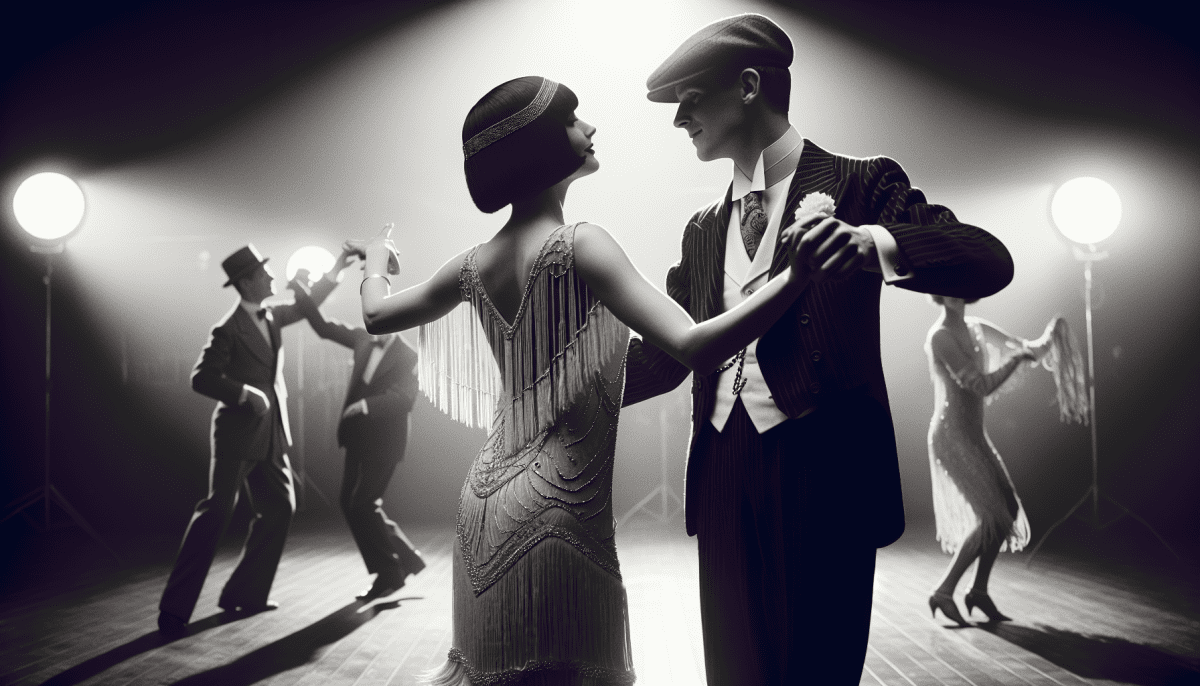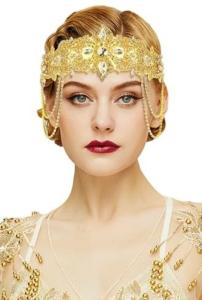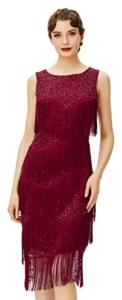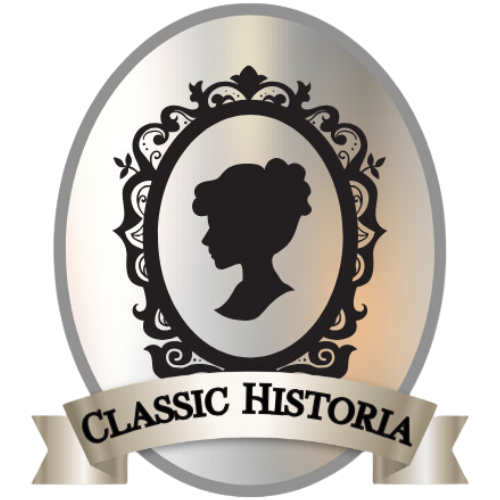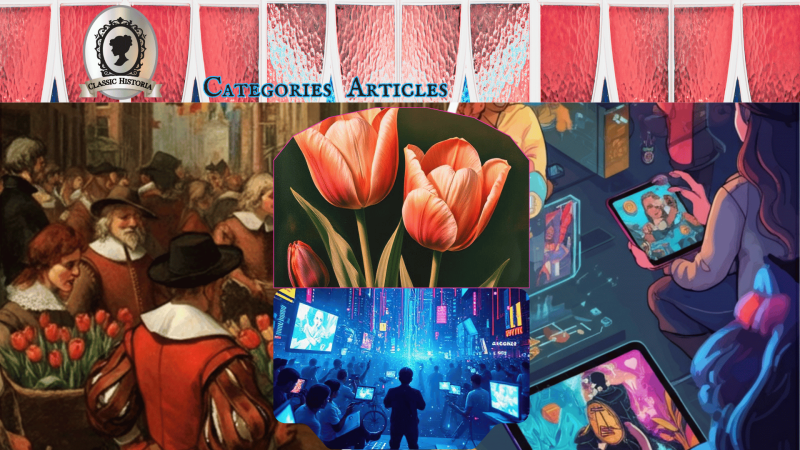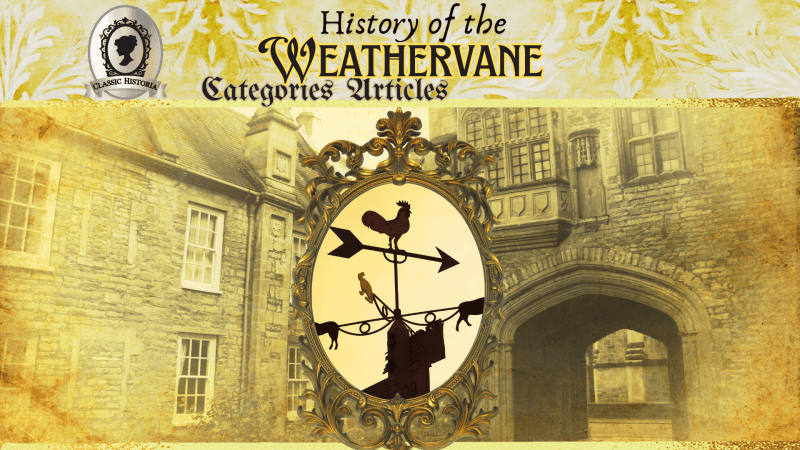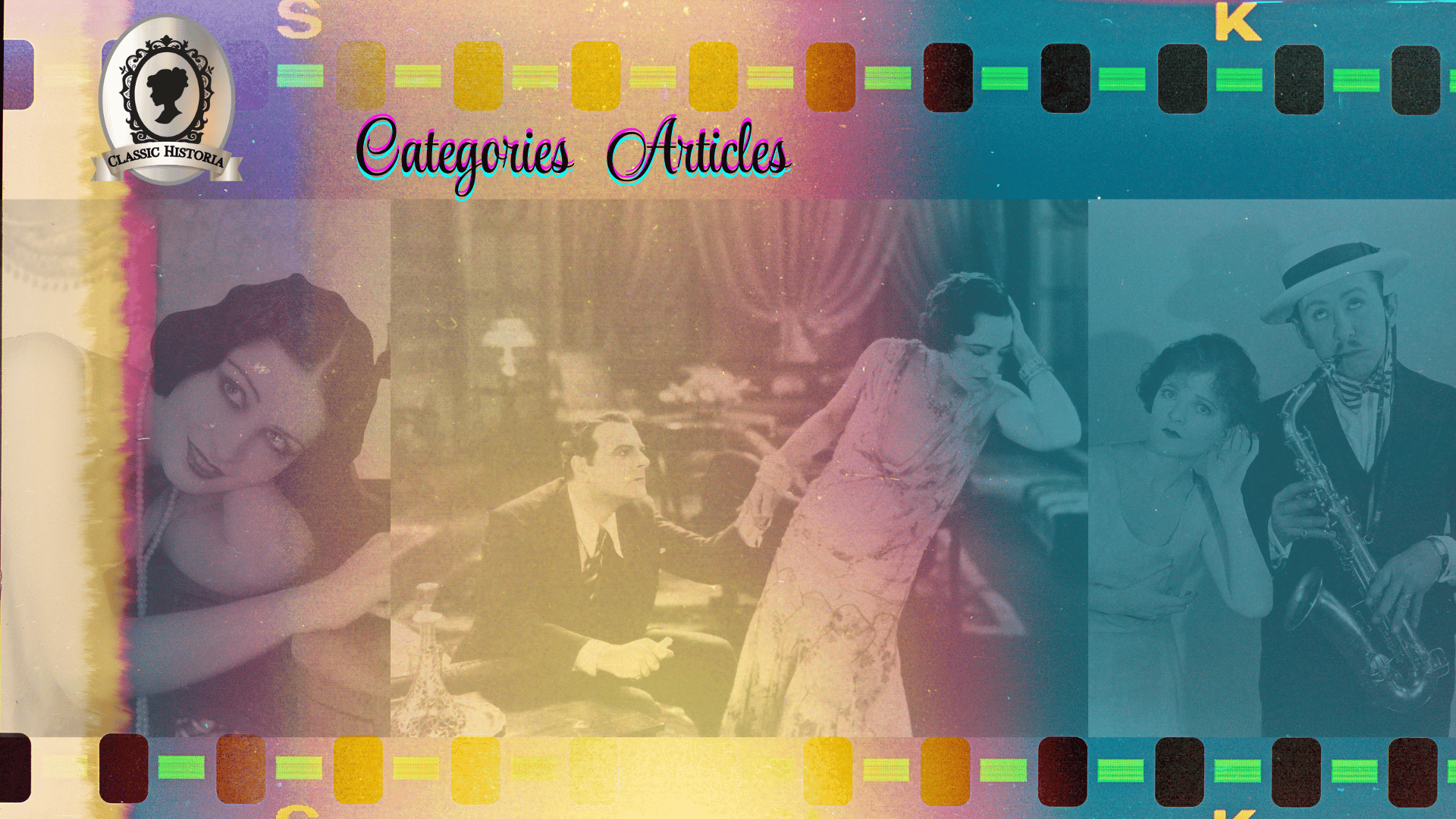
Classic Historia may receive a commission on purchases made through Amazon and eBay affiliate links at no additional cost to you.
The city of San Francisco has long been known as a hub for the arts and creativity, and one of its most beloved traditions is the annual Silent Film Festival. This event, which began in 1996, celebrates the golden era of cinema where movies were made without sound or dialogue.
In San Francisco, the first Silent Film Festival was organized by Stephen Salmons and Melissa Chittick in 1996. What started as a small event has now grown into a highly-anticipated annual festival that attracts thousands of film enthusiasts from around the globe.
What sets the Silent Film Festival in San Francisco apart from other film festivals is its dedication to recreating the authentic movie-going experience of the silent era. The festival takes place at the historic Castro Theatre, a beautifully restored Art Deco movie palace that first opened its doors in 1922.
Audiences are treated to screenings of rare and classic silent films, accompanied by live musical performances. The festival also features lectures, workshops, and special events that delve deeper into the history and techniques of silent cinema.
A Timeless Tradition
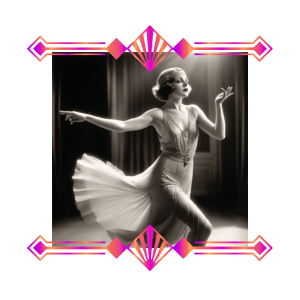
Despite being over a century old, silent films continue to captivate audiences with their timeless charm and universal themes. The Silent Film Festival in San Francisco not only celebrates the past but also looks toward the future by introducing new generations to this important era in film history.
As long as there are those who appreciate the artistry and magic of silent films, the Silent Film Festival in San Francisco will continue to be a cherished tradition and a reminder of the power of storytelling through cinema. Now let's take a look at some fun facts about the Silent Film Festival:
- The festival has featured live musical accompaniment from world-renowned musicians such as Wayne Barker (U.S.) and Stephen Horne (U.K.).
- The Castro Theatre has been designated a San Francisco Historic Landmark and is known as one of the last remaining movie palaces in the United States.
- The first silent film screened at the festival was "The Last Edition" starring Buster Keaton.
Despite being over a century old, silent films continue to captivate audiences with their timeless charm and universal themes. The Silent Film Festival in San Francisco not only celebrates the past but also looks toward the future by introducing new generations to this important era in film history.
Whether you are a die-hard fan of silent films or simply interested in experiencing a unique cinematic event, the Silent Film Festival in San Francisco is not to be missed. So mark your calendars and get ready to step back in time and celebrate the magic of cinema's golden era!
When is the Silent Film Event in 2025?
The Silent Film Festival typically takes place in the spring, with dates varying slightly each year. It spans several days, offering attendees a full schedule of screenings, workshops, and special events. Be sure to check the official festival website or follow their social media channels for the most up-to-date information on this year’s dates and ticket availability.
A Brief History of Silent Films
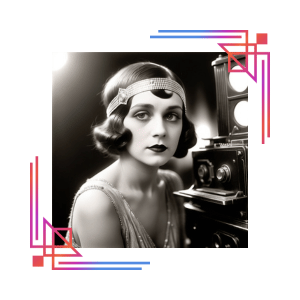
Silent films represent the very beginning of motion picture history, marking the foundation upon which modern cinema was built. Emerging in the late 19th century, these films lacked synchronized soundtracks but relied heavily on visual storytelling, intertitles, and the expressive performances of actors to convey narrative and emotion.
The origins of silent films date back to the invention of motion picture cameras and the pioneering efforts of filmmakers like the Lumière Brothers and Thomas Edison. The first wave of silent films consisted mainly of short, simple scenes captured on film, such as "Workers Leaving the Lumière Factory" (1895) or Edison's "The Kiss" (1896), which astonished audiences with the novelty of moving images.
By the early 20th century, silent films had evolved into a sophisticated art form. Directors such as D.W. Griffith pushed the boundaries of storytelling with epic productions like The Birth of a Nation (1915) and Intolerance (1916), incorporating advanced techniques like cross-cutting and close-ups. Meanwhile, comedic icons like Charlie Chaplin, Buster Keaton, and Harold Lloyd delighted audiences with hilarious and physically demanding performances that showcased the universal language of humor.
The lack of synchronized dialogue prompted filmmakers to innovate in other areas, leading to the development of expressive acting styles, elaborate set designs, and stunning visual effects. Additionally, the accompaniment of live music—often performed by an orchestra or pianist—added atmosphere and emotional depth to screenings.
The silent film era reached its peak in the 1920s, considered the golden age of this form of cinema. Iconic films like F.W. Murnau's Nosferatu (1922), Sergei Eisenstein's Battleship Potemkin (1925), and Chaplin's The Gold Rush (1925) captivated audiences worldwide with their groundbreaking artistry. However, the advent of synchronized sound technology in the late 1920s brought about a seismic shift in the industry.
$11.99
4.6 out of 5 stars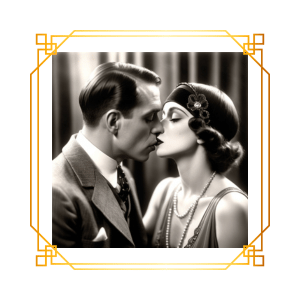
1920s Flapper Headband - Vintage Gatsby Accessory
Step Back in Time and Embrace the Elegance of the Roaring Twenties with This Flapper Headband
Product information
Product Review Score
Product links
The release of The Jazz Singer in 1927 heralded the arrival of "talkies," effectively signaling the end of the silent film era. While many silent film stars transitioned successfully into sound films, some struggled with the new medium, and the industry underwent dramatic changes in a short span of time.
Despite their decline, silent films remain an enduring part of cinema history. Their influence is evident in contemporary filmmaking, inspiring directors to experiment with visual storytelling and non-verbal expression. Efforts to restore and preserve silent films, such as those supported by the Silent Film Festival, honor the legacy of this vital period and make these cinematic treasures accessible to modern audiences.
Silent films not only paved the way for the movie industry as we know it today but also continue to captivate and inspire audiences with the sheer ingenuity and artistry of their creators. They stand as a testament to the power of cinema to transcend time, language, and sound.
|
Actor/Actress |
Notable Films |
|---|---|
|
Charlie Chaplin |
The Kid (1921) |
|
Buster Keaton |
Sherlock Jr. (1924) |
|
Mary Pickford |
The Best Girl (1927) |
|
Clara Bow |
Wings (1927) |
|
Harold Lloyd |
Safety Last! (1923) |
|
Greta Garbo |
Anna Christie (1930) |
|
Lillian Gish |
The Wind (1928) |
|
Douglas Fairbanks |
The Thief of Bagdad (1924) |
|
Rudolf Valentino |
The Eagle (1925) |
1920s Flapper Dress - Gatsby Themed Outfit
Step Back in Time and Embrace the Glamour of the Roaring Twenties with This Stunning Flapper Dress
Product information
$54.99
Product Review Score
4.5 out of 5 stars
642 reviews
Product links
1920s Flapper Dress - Gatsby Themed Outfit
Step Back in Time and Embrace the Glamour of the Roaring Twenties with This Stunning Flapper Dress
Product information
$54.99
Product Review Score
4.5 out of 5 stars
642 reviewsProduct links
|
Silent Film Hub |
City |
Website |
|---|---|---|
|
San Francisco Silent Film Festival |
San Francisco, CA |
|
|
Kansas Silent Film Festival |
Topeka, KS |
|
|
Capitolfest Silent Film Festival |
Rome, NY |
|
|
Niles Silent Film Museum |
Fremont, CA |
|
|
Silent Movie Day |
Nationwide |
|
Like this article? Discover more at Classic Historia for a deeper exploration into the past that has shaped our world.
